Making Characters Three-Dimensional
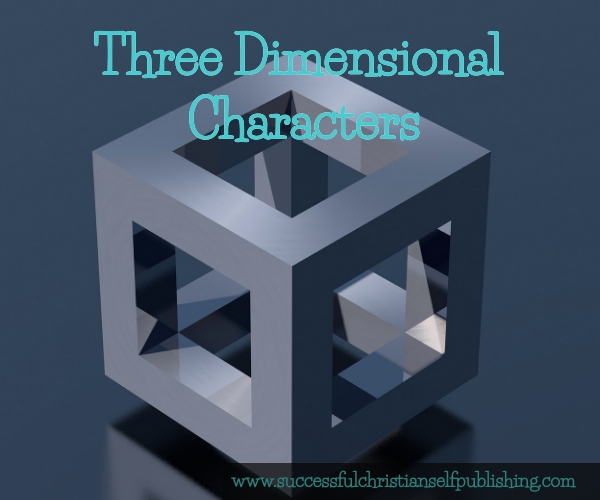
When The Hunger Games trilogy was turned into a movie, my daughter was thrilled. She bought the magazines that contained character interviews, behind-the-scenes images, and snapshots of costumes. I remember her excitement as she poured through the magazines over and over again, waiting for the movie release. We went on opening night, and I watched the joy on her face as this beloved book unfolded in front of her eyes.
After reading several reviews by fans all over the place, all filled with great praise for the sets and casting and costumes, I was filled with intense curiosity. I wanted to know what the author had written that would create such a reaction from people worldwide who went to the movie. The sets were fantastical, the costumes extraordinary. What words did she write that produced such images?
I borrowed the books from my daughter and spent a weekend reading them. I enjoyed the first book tremendously, the second okay, and by the end of the third, felt strangely disconnected from the story. I no longer cared what happened or how it would end. After I finished it, I spent the next couple of weeks mulling over my response and why I thought I felt that way. Finally, it occurred to me.
There was a complete absence of faith in the book. It wasn’t just not there, it was like it was stripped completely away. As Christian authors, we know that our souls seek out God, even when we don’t know what we’re seeking. I understand the oppressive regime post-apocalyptic environment in which the series was set; however, there wasn’t even an underground religion, or even a remembering of what used to be as far as religion goes. There was simply nothing, which isn’t realistic. Our souls long for a relationship with a god, even when we don’t understand that Jehovah God IS the only God, the only Creator. So even when we don’t know, societies center around whatever they can claim to be that god, whether it’s a statue of Zeuss or Eostre (the pagan goddess whose myth is responsible for Easter eggs.)
Once I realized what was missing, I thought about it further. What happened was, subconsciously, the characters became less real to me. Characters I’d felt invested in in the first book were so two dimensional by the end that I could no longer find a way in which to relate to them. I no longer cared what happened to them because I didn’t think of them as real people anymore. It didn’t matter how it ended, because they were “just” characters on a page.
THREE DIMENSIONAL CHARACTERS
Any main character in your story must be three dimensional. What does that mean?
1) PHYSICAL: Where are they in the world? What do they look like? What kind of physical ailments do they live with? What kind of clothes do they wear? What kind of shoes do they like? What mannerisms do they possess?
2) INTELLECTUAL/EMOTIONAL: What do they know? How did they learn it? How do they filter information that comes to them? What kind of special knowledge do they have? What kind of mental deficiencies do they possess? How does their brain process information? What do they do with information they receive? How do their feelings contort their understandings?
3) SPIRITUAL/EMOTIONAL: What do they feel? How do they feel it? How are their feelings filtered through spiritual understanding? What do they believe as far as spiritually goes? What is their faith? Why is there a lack of faith? How much of their faith affects their processing of the world around them? How much does their faith affect their emotions? What is their history with deep emotional moments in their lives? What deity do they claim? What is the basis of that belief?
With a peripheral character (the hotel bellman, the taxi driver, the waiter), one or two dimensions is all you need. Unless the waiter in the restaurant reappears as a new character in this book or maybe later in a series, then knowing that he’s wearing an ill-fitting cheap suit with a mustard stain on the shirt might be all we need to know. We don’t even need to know HOW that stain got there.
However, with the main characters and most secondary characters, you need to divulge all three dimensions to the reader in some way or form. In order to do that, you need to KNOW your characters as if you raised them — which, in an odd way, you are.
There are many different ways to do this. One way is to create a character worksheet. I’ve developed one at this link that you can use. You can sit down and actually fill it out for each character, or read through it and let the character form in your mind. I don’t normally sit down with a worksheet.
When I’m working through a character, I do a lot of my work in Pinterest. I create a board for each book, and as I pin images of characters, clothes, tattoos, houses, cars, the character comes to life in my mind.
There is no right or wrong way to sketch out a character. Do it the way that works best for the way your mind works; however, do it. Try to bring the character to life before you try to bring the book to life. MOST of the information you come up with about your character might not make it to the page. That’s okay. It’s important that you know as much about your character as possible, because then what you do bring to the page will be whole and complete, three dimensional, instead of just a shell.

With nearly a million sales, Hallee Bridgeman is aUSA TODAY best-selling and award-winning Christian author who writes action-packed romantic suspense focusing on realistic characters who face real-world problems. Her work has been described as everything from refreshing to heart-stopping exciting and edgy. Hallee has served as the Director of the Kentucky Christian Writers Conference, President of the Faith-Hope-Love chapter of the Romance Writers of America, is a member of the American Christian Fiction Writers (ACFW), the American Christian Writers (ACW), and Novelists, Inc. (NINC). An accomplished speaker, Hallee has taught and inspired writers around the globe, from Sydney, Australia, to Dallas, Texas, to Portland, Oregon, to Washington, D.C., and all places in between. Hallee loves coffee, campy action movies, and regular date nights with her husband. Above all else, she loves God with all of her heart, soul, mind, and strength; has been redeemed by the blood of Christ; and relies on the presence of the Holy Spirit to guide her.

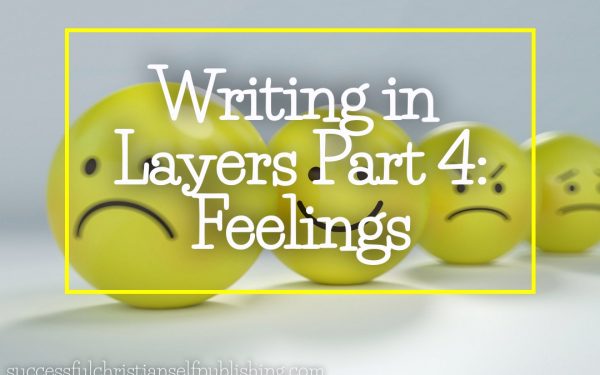
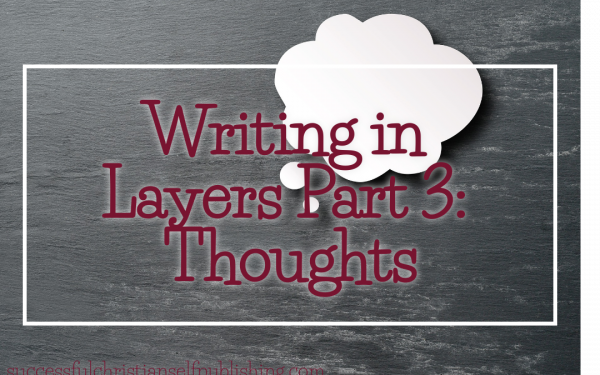

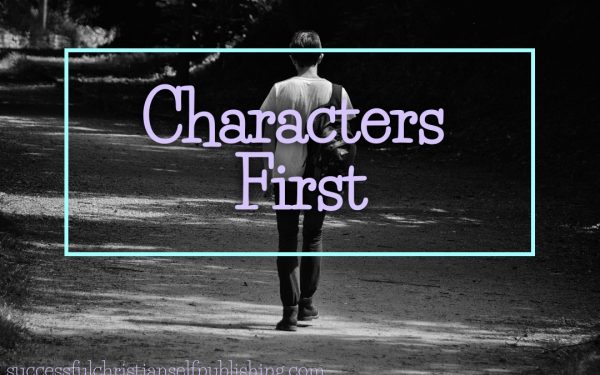
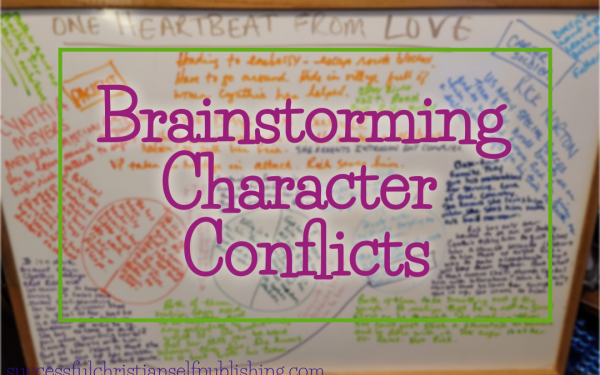
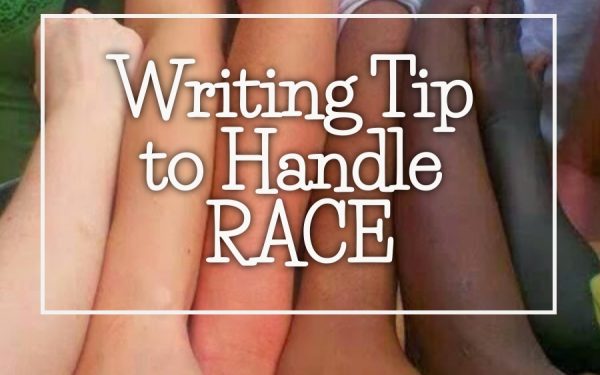
I was at 540 last night and thoroughly enjoyed your presentation. Of course, that means I am at your website this morning. I found your article on “The Hunger Games” very interesting. I read the three books-because of my daughters–and saw all three movies with them. We all hated the third book and especially the ending. I think because of the lack of underlying principles, the changes in them was also unrealistic. Nothing made sense. It left us empty. It also struck me how we can treat real people the same way. We only see the physical and intellectual, often ignoring the spiritual/emotional-because it is easier, less demanding. I certainly don’t want my readers treating my characters that way. I think one of the ways we bring about change is to help people go the third step, which means they are really care about characters and the story- bringing depth to real life human encounters. Thanks for all you do.